
Complete guide to cannabis grow tents
Cannabis grow tents are a staple of indoor growing. So, if you're looking to cultivate weed inside, it's essential you know the basics. Here, we'll guide you through the benefits, drawbacks, and key aspects of cultivating weed in a grow tent.
Affordable and modifiable to your specific needs, growers of all types can find and use grow tents that work for them, and if you’re a dab hand at DIY, you can even make your own pretty easily! For the best selection of grow tents and other premium grow gear, you’ll find everything you need in Zamnesia’s Growshop.
Cannabis grow tents create the perfect isolated environments for growing weed year-round. Small enough to hide anywhere, or large enough for a massive crop, there are options for growers of all sorts and all budgets.
Long story short: if you’re growing indoors and want good results, use a grow tent! Let’s take a look at them, and be sure to visit our Growshop to pick up a high-quality tent of your own.
Growshop
From flowers and herbs to vegetables and fruits, get your hands on some of the finest seeds and products courtesy of our Plantshop.
What is a cannabis grow tent, and why use one?
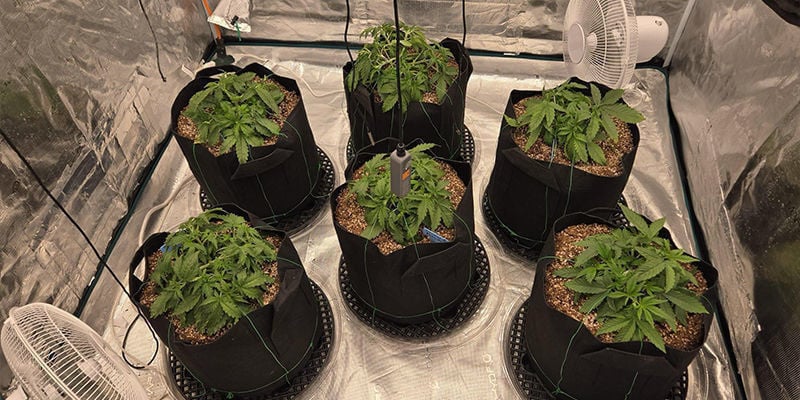
A cannabis grow tent is a self-contained space in which you can grow weed. They range in size from small enough to fit inside a cupboard to large enough to fill a significant portion of a room, and this variation means that you can grow everything from a tiny little plant to a huge crop—the choice is yours.
Cannabis grow tents have some kind of reflective lining that redirects stray photons back towards the leaves of the plant, enhancing photosynthesis and making the most of your lighting setup. This lighting setup will be rigged up to the top of the tent, potentially along with a ventilation system, which will exit through a fitted port. When sealed, grow tents should be totally insulative, meaning no light leaks in or out.
Due to these features, grow tents are highly recommended for all indoor growing operations. They create a perfect little microclimate for your plants, make the most of your equipment, and keep everything contained within a clearly delineated space, making the whole operation much more streamlined and organized.
Benefits of a grow tent for cannabis cultivation
The main benefits of growing weed in a tent are:
- Climate control: Temperature, humidity, and airflow can be easily modified and stabilized in a grow tent.
- Year-round growing: By creating a microclimate, you can grow all year long in a tent! This can't be achieved in most other setups.
- Optimal lighting: Thanks to rigging systems and reflective interiors, you’ll get maximum efficiency out of whatever lighting setup you use.
- Health: Due to the isolated nature of the space, it helps protect your plants from pests and disease and makes treatment easier if problems do occur.
- Good use of space: As they come in various dimensions, grow tents are usually the best way to get a lot out of a limited space.
Cons of using a grow tent for cannabis cultivation
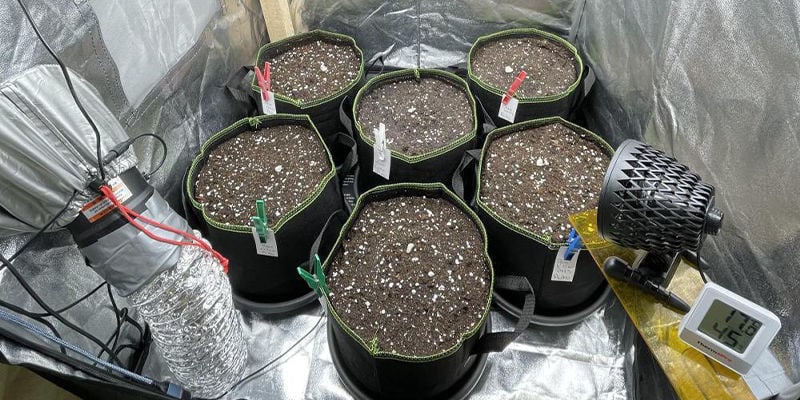
There are some potential downsides to using a grow tent, too:
- Expensive: The initial setup can be expensive, but tents themselves are fairly cheap, and the running costs aren’t major either. So, if you’re serious about growing, it will soon pay for itself.
- Space: Though they use the space efficiently, tents still take up space, and, what’s more, they’re not discreet. A humming tent in the corner of a room is much harder to ignore than a couple of plants in a greenhouse.
- Quality variation: Not all tents are made equal, and the cheaper ones may lack some of the features necessary to get the most from the experience.
Essential equipment for your grow tent
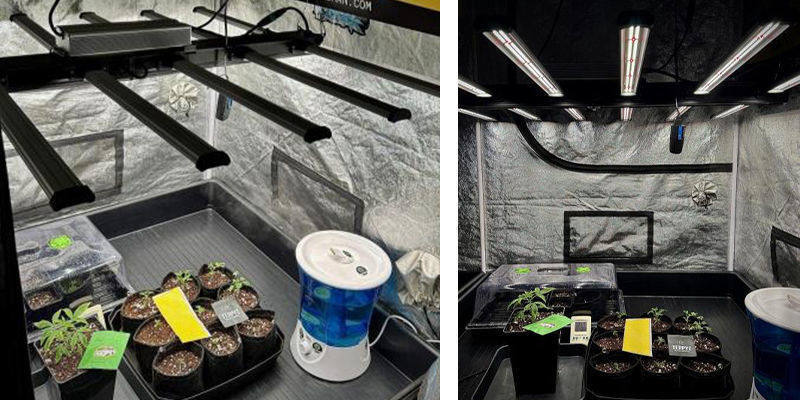
Without extra equipment, grow tents are pitch-black dead zones—not the ideal space for growing weed. So you’ll need to fit them out with some kit to make them work. Here’s what you need:
- Grow lights: Perhaps the most important element—some lights. In the past, HPS were the most popular, but these days, most people are leaning towards LEDs. They run cool, last for tens of thousands of hours, and use very little energy. Plus, these days, they’re affordable and highly effective. What’s more, when growing in a tent, weight is a consideration, and LEDs are light, making them easy to rig up.
- Ventilation systems: You’ll need to ensure some kind of airflow in your grow space. For a small grow, a desk fan might suffice to keep the air circulating. For bigger grows, you’ll probably want to fit an exhaust fan to pull new air in and pump old air out. This controls humidity and CO₂/oxygen levels. However, it can also pump out a very suspicious smell. If this is a problem, you can fit a carbon filter to the exhaust system, and this will mitigate the smell of cannabis.
- Climate control: To keep an eye on and control the climate, you’ll need at least a thermometer/hygrometer and a heater of some sort. You may also want a humidifier/dehumidifier, but this can also be controlled sufficiently with heating, airflow, and watering.
- Timer: A timer is helpful to automate the lights. This way, you don’t need to manually turn them on and off every day. This might not seem like much of a burden at first, but as the months wear on, you’ll be grateful that you don’t need to get up from your sleep to ensure your plants receive the proper light cycle.
Choosing the right grow tent for cannabis
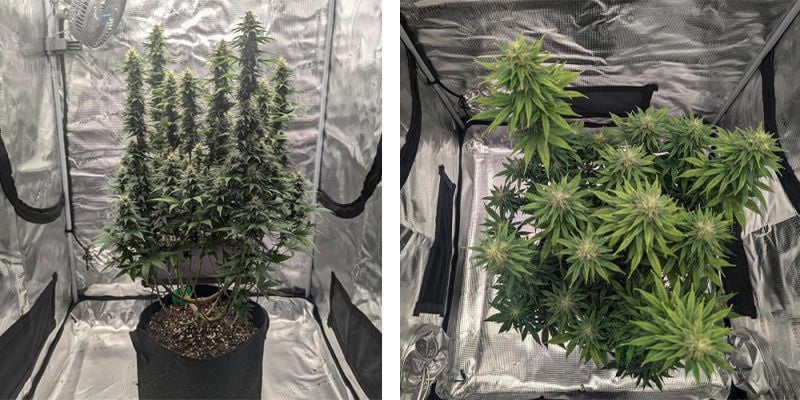
Wondering how to know whether a grow tent is any good or not? It can be challenging with so many options out there. Below, we’ll run through the most important considerations and aspects to look out for when choosing a grow tent for weed.
Which material should you choose for your grow tent?
The most common reflective materials for grow tent interiors are Mylar foil and panda film. Both are effective and sufficient. Mylar is cheap and everywhere, while panda film is a little more expensive but also slightly more efficient. So, really, it comes down to budget. However, the difference between the two is not significant enough to make a difference for most growers.
You will not find grow tents sold with aluminum foil lining. Although this material can work for DIY jobs, it is not very efficient and therefore is not usually recommended.
Selecting the best location for the grow tent
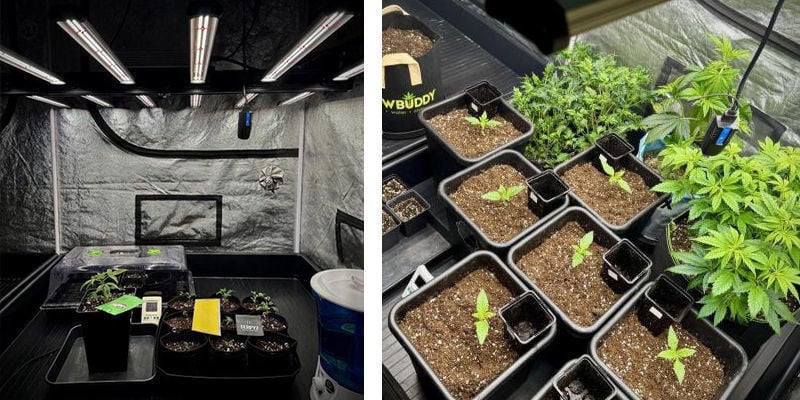
This comes down to your needs. If you have a spare room and want a large crop, then get a large tent and put it in the spare room. If you’ve much less space, get a smaller one and put it in a closet or cupboard. Wherever you put it, ensure that it has easy access to both power and water, as you’ll need almost constant access to both of these throughout the grow. What’s more, don’t put your tent somewhere in the way, as this will quickly become frustrating.
What size cannabis grow tent should you choose?
When selecting a grow tent, size is a critical factor that depends on your available space and cultivation goals. Grow tents come in various dimensions and configurations, catering to hobbyists and more serious growers.
- Small grow tents (10 ft²): Ideal for 1–2 small plants, these are perfect for beginners or those with limited space.
- Medium grow tents (16–21.5 ft²): Suitable for growers aiming for moderate yields, these can hold 4–6 plants, depending on the strain and training techniques.
- Large grow tents (27 ft² or larger): Designed for advanced growers and larger operations, these can accommodate 12 or more plants.
Recommended strains for a grow tent
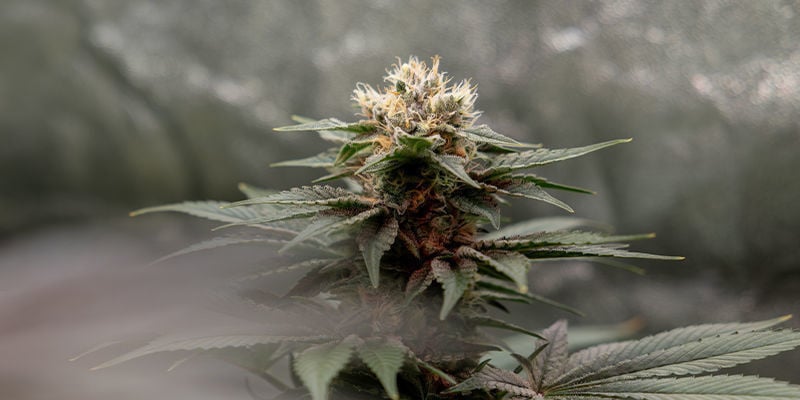
Certain cannabis strains thrive better indoors due to their manageable size and adaptability to controlled environments. Here are some top picks:
- Northern Lights: Compact, abundant, and easy to grow, this classic is ideal for small grow tents.
- Blue Dream: This balanced hybrid is known for its robust growth, fruity flavor, and dreamy effects.
- White Widow: Resilient and perfect for beginners, this strain adapts well to indoor environments.
- GG#4: This is a potent, high-yield strain that flourishes under optimal grow tent conditions.
Cannabis grow tent lighting
As mentioned, we recommend LEDs. However, here’s some information on various lighting systems so you can make an informed decision:
- LED lights: LEDs are energy-efficient, long-lasting, and versatile. They emit less heat, reducing the risk of burning plants or setting your house on fire!
- HPS lights: These are high-intensity discharge lights that are excellent for the flowering stage but consume more energy and generate more heat.
- CFL lights: These are affordable and suitable for small setups (and seedlings) but less effective for large-scale cultivation due to lower intensity.
Ventilation and airflow for cannabis grow tents
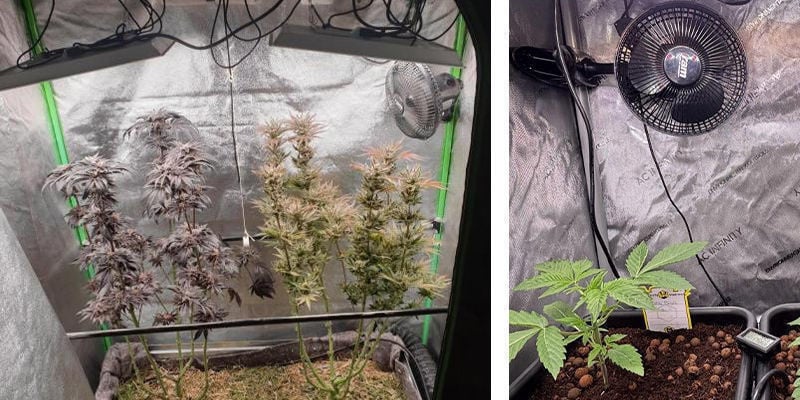
Proper ventilation ensures optimal temperature, humidity, and CO₂ levels, creating the perfect environment for cannabis growth. Here are a few different systems to choose from:
- Inline fans: These are essential for extracting hot, stale air and pulling in fresh air.
- Carbon filters: Carbon filters neutralize odors before the air exits the tent, maintaining discretion.
- Oscillating (desk) fans: A simple desk fan can ensure even air distribution, preventing stagnant air pockets.
Maintaining your cannabis grow tent
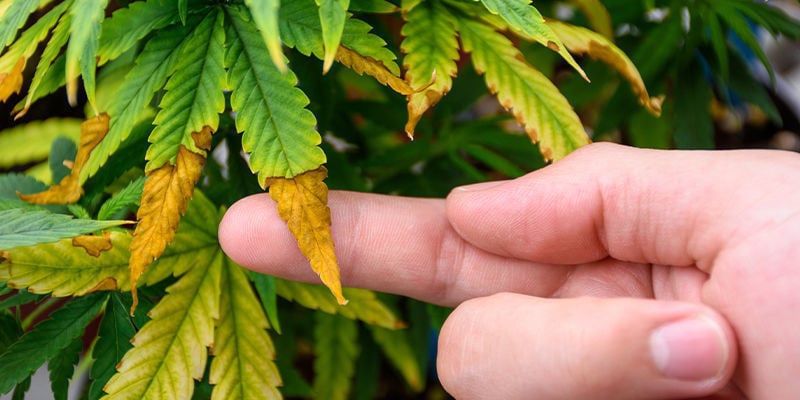
Regular maintenance of your grow tent ensures that it remains a safe and productive environment for both you and your plants. A damaged grow tent and accompanying equipment can ruin a grow, introduce pestilence, and become a fire hazard.
Here are some tips for maintaining your grow tent:
- Check for light leaks: Even small leaks can disrupt the light cycle, especially for photoperiod strains.
- Clean the tent: Regularly wipe down walls and surfaces to prevent mold or pest infestations.
- Inspect for mold or pests: Check plants and tent interiors frequently for signs of trouble.
Cannabis grow tent recommendations
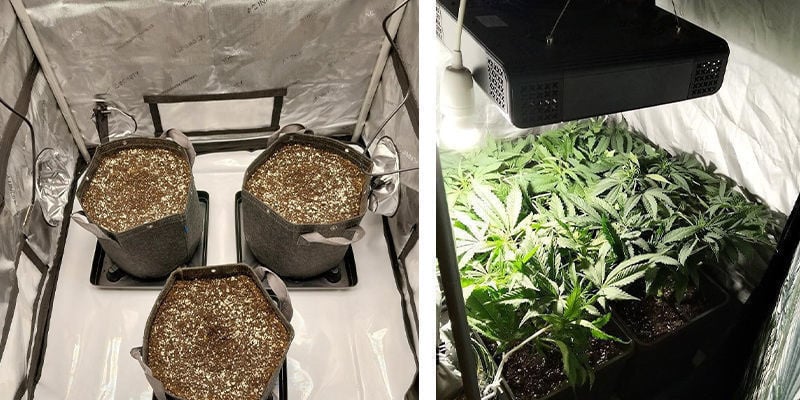
It’s hard to recommend grow tents without knowing your exact needs. However, here are some general recommendations for different types of growers.
Best grow tent for beginners
- Tent: up to 3 × 3 ft tent with Mylar lining
- Lights: budget-friendly LED lights
- Ventilation: Small inline fan with a carbon filter
Best grow tent for intermediate growers
- Tent: 4 × 4 ft with advanced reflective material like panda foil
- Lights: full-spectrum LED lights
- Ventilation: larger inline fan, oscillating fans, and a carbon filter
Best grow tent for advanced growers
- Tent: 8 × 8 ft or larger with heavy-duty poles and multiple ports
- Lights: high-powered LED lights or a combination of LEDs and HPS lights for maximum output
- Ventilation: comprehensive system with multiple inline fans, carbon filters, oscillating fans, and precise environmental controls
Using a cannabis grow tent: Highly recommended
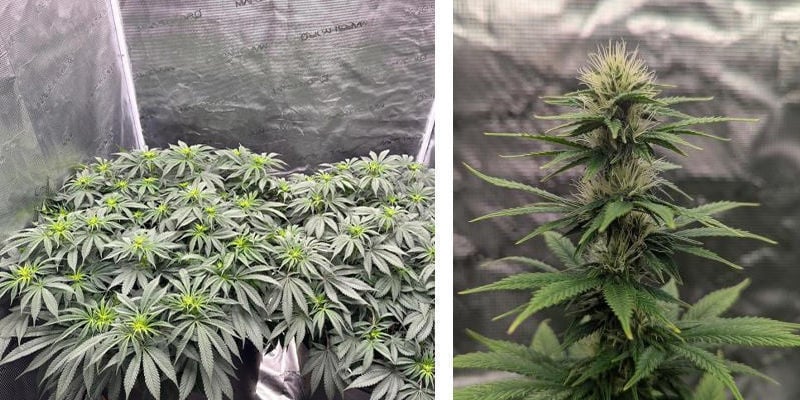
If you’re growing indoors, you really should use a grow tent unless you just want to grow one or two small plants on the windowsill for fun. While this can work in summer, the results will be meager compared to what you can achieve when growing in the controlled space of a tent.
Affordable and modifiable to your specific needs, growers of all types can find and use grow tents that work for them, and if you’re a dab hand at DIY, you can even make your own pretty easily! For the best selection of grow tents and other premium grow gear, you’ll find everything you need in Zamnesia’s Growshop.
-
 10 min
March 27, 2025
Limited Edition Strains By Zamnesia
At Zamnesia, we've created an extensive library of high-quality cannabis genetics. However, sometimes all it takes is some external input to stir things up and create something truly special. Every...
10 min
March 27, 2025
Limited Edition Strains By Zamnesia
At Zamnesia, we've created an extensive library of high-quality cannabis genetics. However, sometimes all it takes is some external input to stir things up and create something truly special. Every...
-
 3 min
May 24, 2022
Top 10 Cannabis Strains That Boost Creativity
Never fear that dreaded creative block, as these strains will have you busting through barriers in imagination you never knew could be overcome.
3 min
May 24, 2022
Top 10 Cannabis Strains That Boost Creativity
Never fear that dreaded creative block, as these strains will have you busting through barriers in imagination you never knew could be overcome.
-
 7 min
December 9, 2019
The best cannabis seeds for indoor cultivation
Growing cannabis indoors is convenient and effective. It allows for a degree of intervention and control that is hard to reach outdoors.
7 min
December 9, 2019
The best cannabis seeds for indoor cultivation
Growing cannabis indoors is convenient and effective. It allows for a degree of intervention and control that is hard to reach outdoors.
-
 2 min
November 30, 2015
Growing Indoors Vs. Outdoors: The Pros And Cons
There are some significant differences between growing cannabis indoors and outdoors. Knowing them can help you decide which is best for you.
2 min
November 30, 2015
Growing Indoors Vs. Outdoors: The Pros And Cons
There are some significant differences between growing cannabis indoors and outdoors. Knowing them can help you decide which is best for you.











 United States
United States









